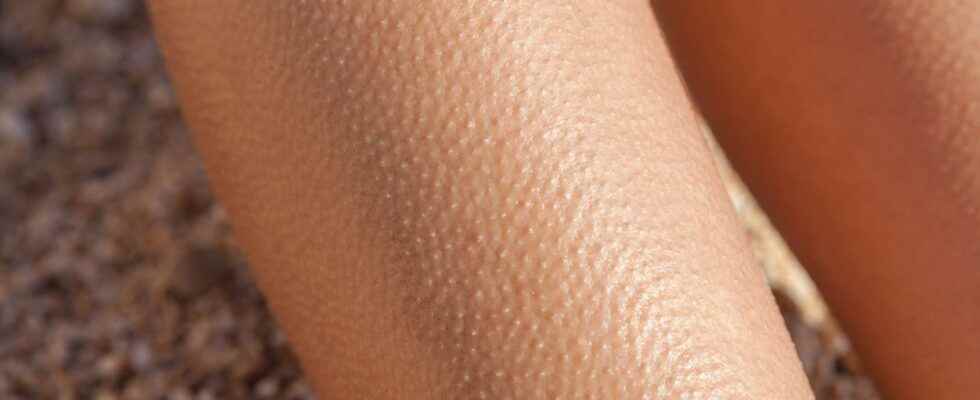“To have goosebumps”: the expression appeared in the XVIIe century and we use it when we are cold or when we feel a strong emotion such as fear. But what is the cause of this phenomenon on our skin?
You will also be interested
[EN VIDÉO] Kézako: what effect does the wind have on the feeling of heat? If a refreshing breeze is welcome in summer, it would be fine in winter. The wind seems to have the gift of making the thermometer lie. But the feeling of heat or cold is in fact a very skin-deep experience, which Unisciel and the University of Lille 1 intend to explain in this episode of Kézako.
What a strange phenomenon, goose bumps! First employed in medicine in the 17th centurye century in reference to the skin of a plucked poultry, the expression entered everyday language to translate the cold felt or emotion like fear.
Goosebumps, a legacy from our hairier ancestors
When we have cold, tiny so-called “arrector” (or gripper) muscles located under our skin contract, straighten our hairs and reveal a small bump: it’s goose bumps.
When we were hairier, more hairs stood up and trapped an insulating layer ofair close to the skin. The heat radiated by our skin warmed the trapped air and helped us to conserve our body heat.
Also, when our hairs were standing on end, they probably made us look bigger and scarier. This is probably why we get goose bumps when we are anxious or angry. Astonishing!
Interested in what you just read?
Subscribe to the newsletter The health question of the week : our answer to a question you ask yourself (more or less secretly). All our newsletters
.
fs7
